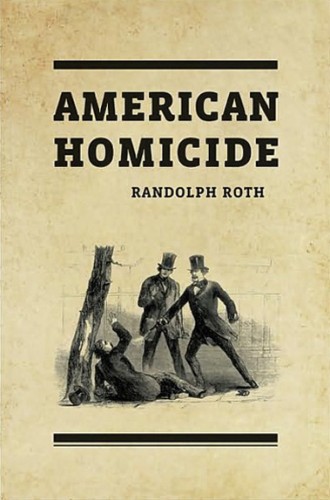Murderous nation
In 1863 a cooper in Chillicothe, Ohio, named Schyler Courier angrily responded to a group of boys throwing snowballs at him by firing his shotgun, killing one of the boys. In 1866 in Petersburg, New York, Hiram Coon warned his employer's wife, Mary Laker, to quit taunting him for his criminal past; when she would not stop, he split her head open with an ax. In 1873 an enraged Walden, Vermont, farmer named James Snow shot peddler John Stanton in the face for the latter's snarky comment to Snow's wife—"I guess you have money, as farmers generally have plenty of it"—when she said she did not have money to buy Stanton's goods. In 1876 farmer Sylvester Cone in Tamworth, New Hampshire, discovered two boys skinny-dipping in his pond; they "thumbed their noses at him" when he ordered them to get out, so he "returned with a gun and shot one of them dead." In 1877, at a still in Gilmer County, Georgia, Wofford Brown reminded Anthony Goble that the Goble family had a history of theft; in response, Goble took "a big two pound rock and splashed his d—d brains out, and then jumped on him, and stamped him into jelly."
These are but a few of the murderous stories contained in Randolph Roth's fascinating and often horrifying book. Roth makes use of newspaper articles, diaries, letters, local histories, coroners' reports, vital records, government documents, court records and court case files to provide a remarkably detailed look at the history of murder in the U.S. from the founding of the colonies to the present. Defining homicide as "all deaths resulting from willful assaults . . . except those occurring in open warfare," Roth opens a window onto the panoply of four centuries of murder in America, from political homicide to romance murders to spousal killings to homicidal property disputes to serial murder.
To think historically is to recognize that everything has a history and that everything changes over time. Many intriguing pieces of information in American Homicide suggest how murder has changed over the past four centuries. When we examine homicide in 19th-century America, for example, we see that African Americans killed at a much lower rate than whites, and Chinese women were the most likely of all women to be murdered.





